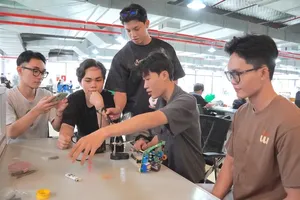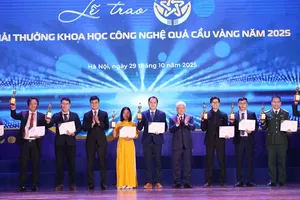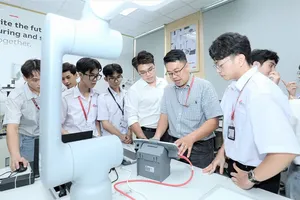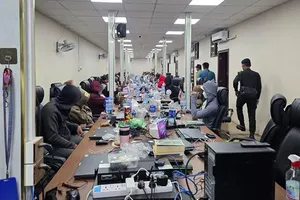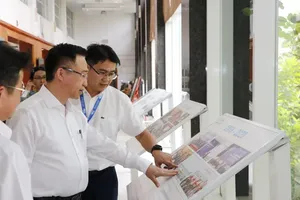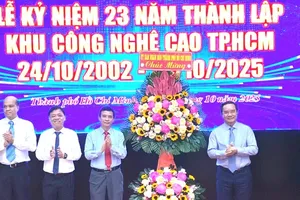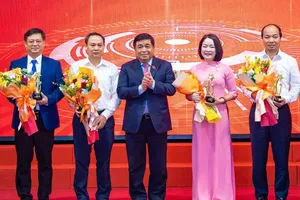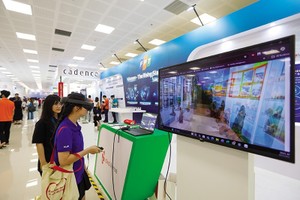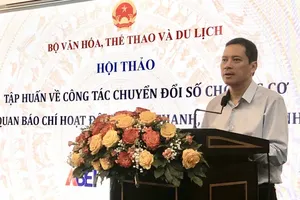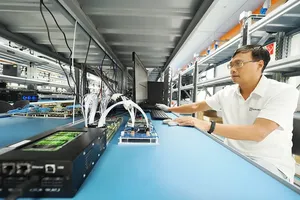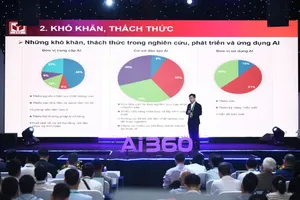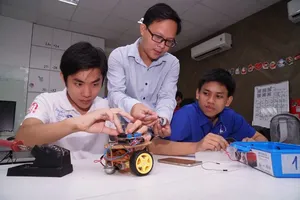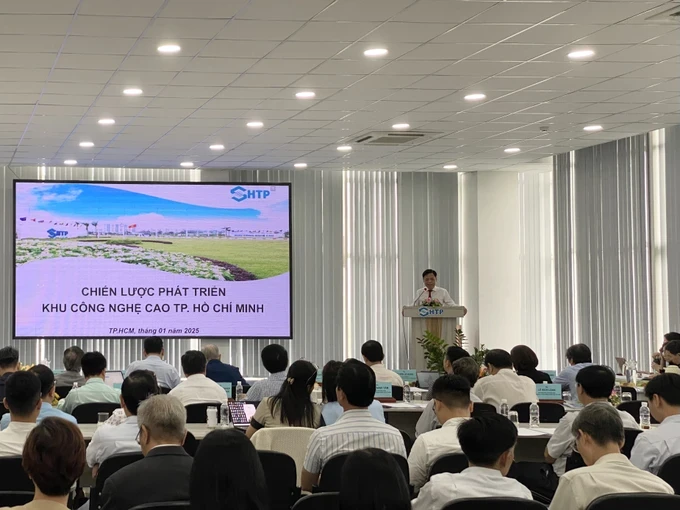
The event aims to collect opinions to develop Saigon Hi-tech Park (SHTP) into a smart technology and innovation hub, serving as the core of the highly interactive and innovative urban area in the east of the city.
The seminar co-organized by Saigon Hi-tech Park (SHTP) and the Ho Chi Minh City Institute for Development Studies gathered opinions from experts, scientists, research institutes, universities, and relevant state management agencies in order to finalize the development strategy of the Hi-Tech Park to submit to the Ho Chi Minh City People's Committee for approval.
In recent years, Saigon Hi-Tech Park has achieved many accomplishments contributing to the city's development, such as effective land use, labor productivity, and export-import activities, and particularly its ability to inspire and generate momentum for the younger generation, scientists, and businesses in the field of science and technology development, stimulating innovation and creativity.
Therefore, the construction of a science and technology development program for the Hi-Tech Park should focus on the fields of R&D (research and development) and innovation. The Ho Chi Minh City Institute for Development Studies has proposed four key groups of solutions to focus on for development, including priority areas for attracting investment; building a strong research and innovation ecosystem; enhancing the development and attraction of talents; and promoting technology transfer and knowledge collaboration.
This is also the foundation for building preferential mechanisms and policies for Saigon Hi-Tech Park, aiming at addressing existing issues such as an incomplete legal system, inadequate infrastructure, a shortage of high-quality human resources, limitation of connectivity between businesses, universities, and research institutes, and an insufficient support mechanism for R&D enterprises.
